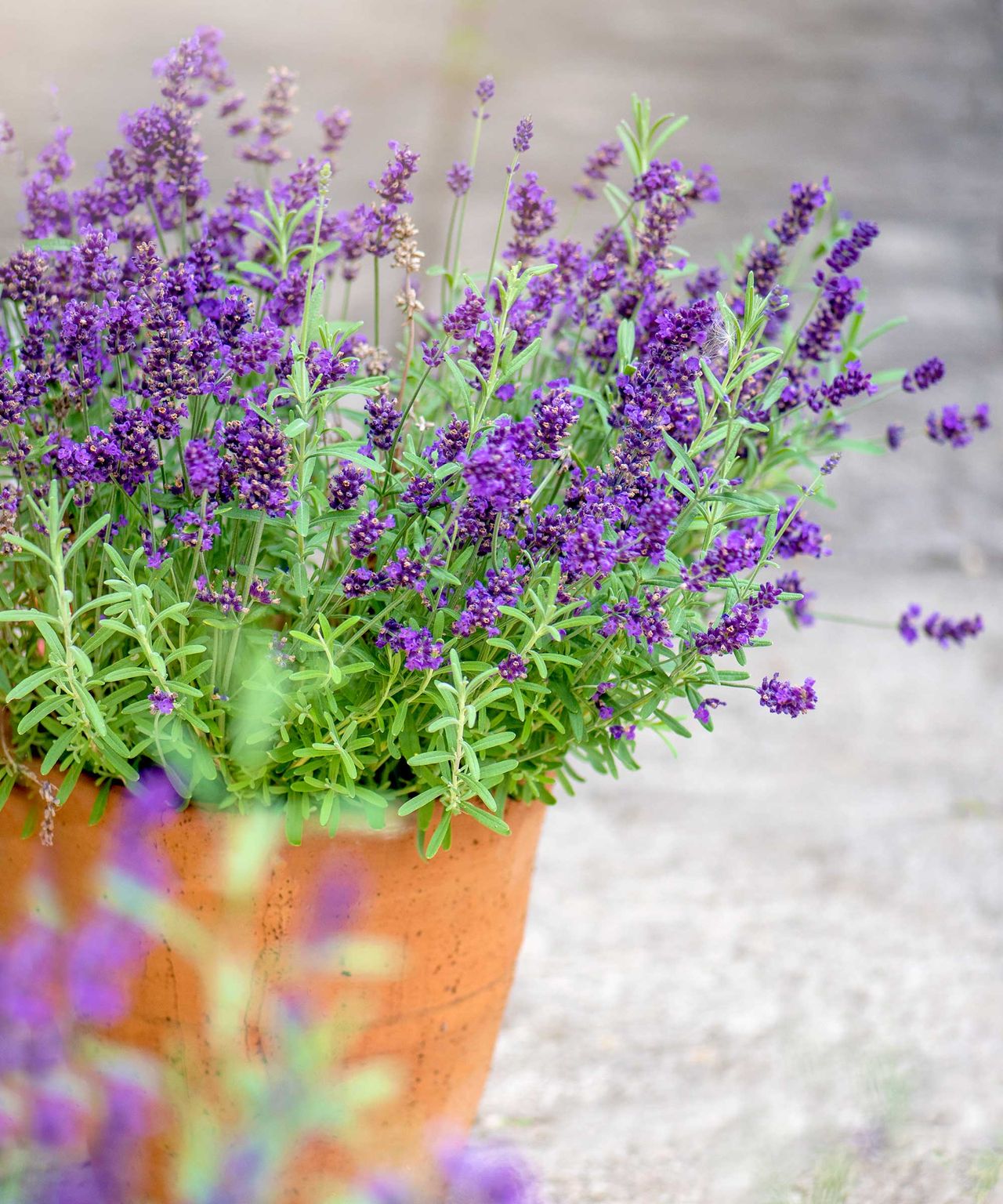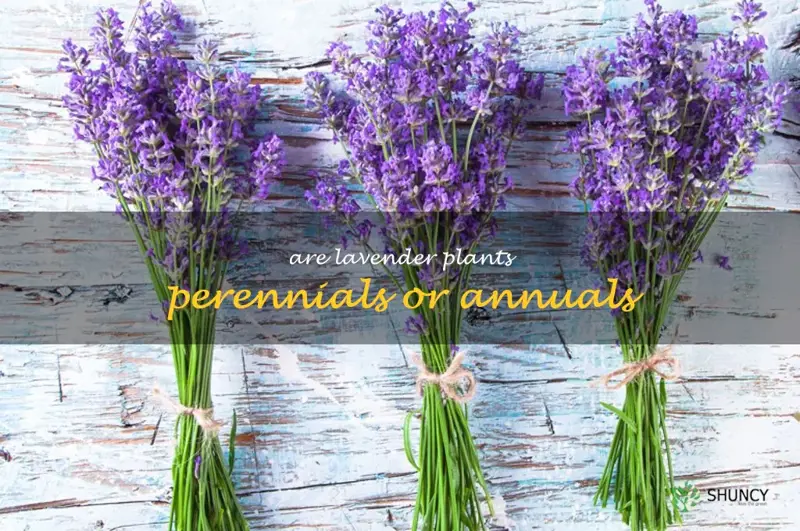Unlocking Lavender’s Secret: Are Lavender Plants Perennials or Annuals?

The first time I planted lavender, I pictured endless drifts of purple—like those dreamy photos from Provence. But what actually happened? By the next spring, all I had left was a sad clump of woody sticks and a crushing sense of defeat. Turns out, there are some sneaky little mistakes most gardeners (myself included) stumble into when it comes to lavender—and hardly anyone warns you about them.

Let’s unravel the mystery together, starting with the question everyone types into Google at midnight: Is lavender a perennial or an annual?
Lavender’s Secret Lifespan—And Why Labels Lie
The plant tags say “perennial,” but that doesn’t always translate to “guaranteed comeback.” Lavender is technically perennial—it’s meant to return year after year—but only if you give it what it craves. Most resources gloss over this crucial caveat. Here’s what they don’t tell you: treat lavender like any old perennial in just any spot, and you’re setting yourself up for heartbreak.
Picture this: Back in 2019, my neighbor Marcy wanted to edge her walkway with ‘Hidcote’ lavender. She followed every rule she’d read online—full sun, a splash of water here and there—but forgot one thing no one talks about: drainage. By April, half her plants had turned black at the base. “I thought perennials were supposed to be tough!” she said, poking the mushy stems.
Mistake #1: Trusting Your Soil Too Much
Here’s where nearly everyone slips up—the assumption that well-drained soil is a given. Most backyards (especially in newer developments) have compacted dirt that turns into soup after rain. Lavender roots suffocate quickly in wet feet; they’re more drama queen than drought hero when it comes to soggy conditions.
What saved my second attempt? I mixed two parts garden soil with one part coarse builder’s sand and added crushed granite at the bottom of each planting hole. It felt like overkill—but three years later, my lavenders still look as robust as June bridesmaids.

Mistake #2: Underestimating Winter—or Overreacting
Next up is winter confusion—another topic everyone tiptoes around. Sure, English lavenders (‘Munstead’, ‘Hidcote’) can handle cold snaps (even down to -10°F), but only if their crowns stay dry. Most people pile on mulch before the ground freezes—bad move! That cozy blanket becomes a hotel for rodents who chew the crowns or creates a soggy mat that encourages rot during freeze-thaw cycles.
The fix? Wait until after hard frost before mulching lightly with pine needles or loose straw—and skip heavy wood chips right at the base.
Mistake #3: Skimping on Airflow
Here’s something no book warned me about: crowding lavender like you would petunias leads to powdery mildew and stunted growth by July. Lavender wants space—a good 2-3 feet between mature plants—to let breezes whisk away humidity. When I wedged mine too close together (tempted by instant fullness), they sulked all summer with splotchy leaves and limp blooms.
Mistake #4: The Pruning Panic
A confession—I was terrified to prune my first lavender bush because it looked so delicate. But skipping pruning is why so many plants turn woody and split open after two seasons—a classic rookie error almost no one admits until it’s too late!

The trick? In late summer or early spring, grab sharp shears and trim back about one-third of new growth (never into leafless brown wood). Yes, your plant might look oddly naked for a week or two… but come June? It’ll be bursting with fresh stems ready for bouquets.
Real Talk About Zones & Varieties
All lavenders are not created equal—and climate matters more than most guides admit:
- English Lavenders (‘Munstead’, ‘Hidcote’): Hardy down to Zone 5 if dry.
- French & Spanish Types: Need milder winters; best as annuals or container plants north of Zone 7.
- Texas Trick: My cousin Charlie grows his French lavenders in clay pots sunk halfway into his sandy yard—they overwinter in his garage beside old golf clubs and come out swinging every April.
If you’re pushing boundaries (hello Zone 4!), try raised beds lined with gravel or keep your plants in pots you can shuffle indoors during blizzards.
One Last Mistake: Expecting Immediate Perfection
Everyone expects instant Provence magic—and feels defeated when their first season yields only modest blooms. Lavender hits its stride in year two or three; patience pays off spectacularly here.
I still remember my own turning point—the third summer after getting serious about drainage and spacing, stepping outside one foggy morning to find bees swarming thick purple spikes taller than my knees. The scent was so strong it lingered on my jeans all day—a sensory memory I revisit every June now without fail.
Final Takeaways from Someone Who Learned the Hard Way
- Test your soil drainage by digging a hole and filling it with water—it should drain within an hour.
- Plant hardy English varieties if your winters get brutal; experiment with others only if you can protect them.
- Space generously—your future self will thank you.
- Prune bravely…but never into old wood!
- Don’t baby established plants—lavender thrives on neglect more than coddling.
- Embrace imperfection—your biggest mistakes will teach you more than any plant tag ever could.
Every thriving patch begins with missteps no one brags about—but those lessons make the eventual success smell even sweeter each season you step outside and see your perennial dream alive and humming with bees once again.



